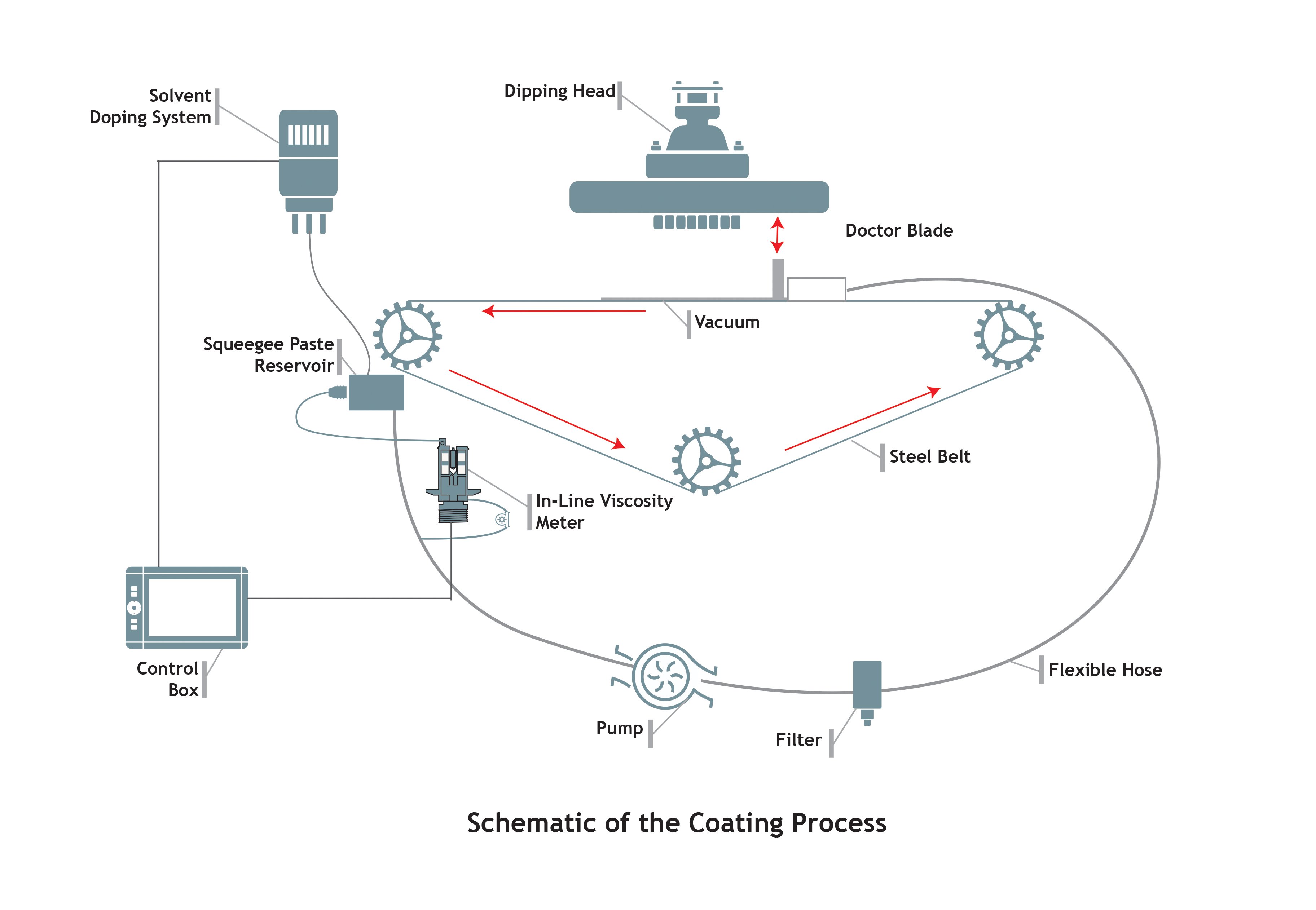 Quality control and the ability to meet the demand for rapidly changing technologies are big challenges for electronic components manufacturers. Parts like capacitors – which can be as small as the head of a pin in certain applications – must meet critical performance targets. Cambridge Viscosity helped a U.S.-based manufacturer overcome one of its manufacturing challenges. The company wanted to use a paste to apply dielectric material with highly precise characteristics in a paste form onto a capacitor substrate, which had a significant impact on the final product characteristics.
Quality control and the ability to meet the demand for rapidly changing technologies are big challenges for electronic components manufacturers. Parts like capacitors – which can be as small as the head of a pin in certain applications – must meet critical performance targets. Cambridge Viscosity helped a U.S.-based manufacturer overcome one of its manufacturing challenges. The company wanted to use a paste to apply dielectric material with highly precise characteristics in a paste form onto a capacitor substrate, which had a significant impact on the final product characteristics.
The paste directly impacts product quality and cost.
The company used a paste that was a precise blend of three types of components: a base material, an epoxy, and a solvent. All must be maintained in exact proportions throughout the process to achieve the required performance in the final product. Viscosity is an excellent measure of the paste blend characteristics and end product quality.
Making and applying the paste involves several steps. First, the paste is blended and placed in a process reservoir. From there, it is pumped onto a preparatory area on a conveyor belt for application to the capacitor substrate material. A ‘doctor blade’ is then used to spread the paste across a designated location on the belt for precise dimensional control. Above the belt, blocks of the capacitor substrate are mounted onto a dipping head. The blocks are dipped precisely into the paste and removed. The unused paste is returned to the paste reservoir.
The challenge of evaporation
The solvent is subject to evaporation when the paste is sitting in the reservoir, as well as when it is spread on the belt location. Evaporation affects the precise proportions of paste components, which, in turn, has a significant impact on the paste’s spreadability, as well as the capacitor’s electrical characteristics.
 To correct the quality issues introduced by evaporation, a Cambridge Viscosity viscometer was installed to automatically measure and control the paste viscosity, which improved the coating system immensely. The viscometer paid for itself in less than three months.
To correct the quality issues introduced by evaporation, a Cambridge Viscosity viscometer was installed to automatically measure and control the paste viscosity, which improved the coating system immensely. The viscometer paid for itself in less than three months.
Cambridge Viscometer for Closed-Loop Control
An in-line Cambridge viscometer was used for sensing and controlling the paste viscosity. This viscometer utilizes a SPC372-style sensor which is installed directly in the paste line, along with the VISCOpro 2100 processor, which interpret the measurement information from the sensor and control the solvent-addition process. The paste line involves small volumes of liquid paste moving at low flow rates. The end user chose the SPC372 sensor because it is ideally configured for these conditions. Additionally, the sensor’s design is easy to clean during general process downtime.
The SPC372 sensor was installed between the paste reservoir and the belt application area to make sure the paste has the ideal characteristics as close to its application as possible. The VISCOpro 2100 processor maintains the viscosity to the desired set-point through P-I controlled valves for solvent addition.
Set and Forget Simplicity
Controlling the paste viscosity at the machine was problematic before the Cambridge in-line viscosity control system was installed. Evaporation typically required the line to be shut down every six hours so the paste could be re-worked to maintain appropriate proportions. This resulted in significant equipment down time, plus scrap.
The Cambridge Viscosity system accurately and consistently maintains the paste solvent at the desired level. This has resulted in a dramatic improvement in equipment capacity and uptime, while at the same time, the amount of scrap generated has dropped precipitously.
Do you have a similar application? Reach out to talk to one of our application specialists today.





